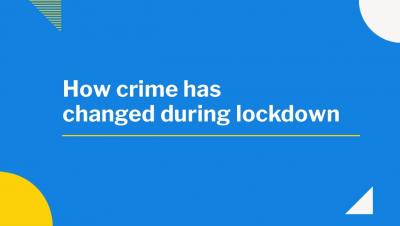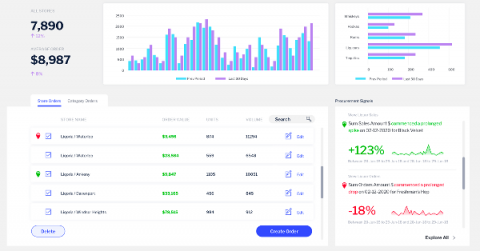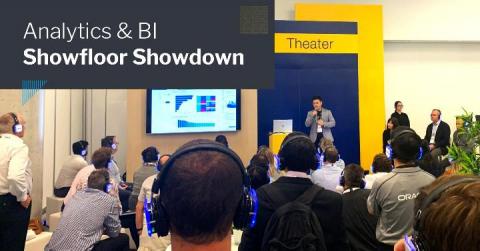Systems | Development | Analytics | API | Testing
Yellowfin
Dashboards vs automated business monitoring: What's the difference?
In 2020, however, contining to rely just on dashboards for your BI needs isn't enough. Why? Data is growing exponentially - in both size and complexity - within every business today. Manually keeping track of performance and searching for insights has become difficult for many users, and it's fostered new expectations - to be able to do more with analytics - including making it faster and easier to keep on top of changes or opportunities.
Yellowfin: the embedded BI platform of choice for dashboard designers
For our Head of Product Design and Creative Director, Tony Prysten, design is always top of mind. In analytics platforms, good design plays an important role in how people understand and use data. Here Tony shares how Yellowfin has been created with designers and developers in mind.
What data tells us about crime during lockdown
Recently, we took another look at our Chicago crime dataset to see what was different in crime as a result of the COVID-19 lockdown and what we found was fascinating. This is a dataset provided by the City of Chicago that tracks any type of reported crime. We often use it to demonstrate the power of Yellowfin. The first thing we saw was that a lot of crime went down. This chart shows crime rates in Chicago over the past two years.
Yellowfin Signals: What is a step change?
Comprehensive, comparative analysis of our data can be a highly time-consuming manual task for your users. But new-wave automation and machine learning (ML) tools makes monitoring, alerting and gleaning new insights a lot faster. One such example is Yellowfin Signals and the latest addition to its extensive algorithm library, called step change.
The unexpected benefits of COVID-19 in Japan
The way that people do business in Japan has radically changed as a result of COVID-19. Historically, the Japanese have been very much about face to face relationship selling where you establish relationships and build trust but now everything has to be done remotely or online. Like everyone else, the Japanese are really keen to keep doing business so they've actually embraced the remote way of doing things which has been quite interesting to watch and had some unexpected benefits.
What is Automated Business Monitoring?
Modern businesses face a continuously growing mountain of data, made up of many different operational processes and performance metrics, which your users need to decipher for insights and proactively monitor in order to ensure business goals are met. Embedded dashboards are one way for your users to keep track of key information while using your application.
Yellowfin Embedded Analytics Walkthrough for Product Teams
Gartner A&BI Showfloor Showdown: Analyzing key drivers behind life expectancy
It almost seems like eons ago now, but in this year’s Gartner Data and Analytics Sydney Summit, Yellowfin were excited to participate in the first-ever Analytics & BI Showfloor Showdown, alongside IBM and Oracle. As a way of facilitating a side-by-side comparison - and in the spirit of an insightful and entertaining session - we were all invited to look at the WHO health indicators data set, understand the variables that drive life expectancy, and present them to the crowd.
How to integrate pixel-perfect reports into Yellowfin
Pixel-perfect reports are a highly specific formatting capability that requires the right business intelligence (BI) solution to meet your needs for precision, quality and design. However, you may be surprised to learn it’s often not an out-of-the-box feature in 2020.









